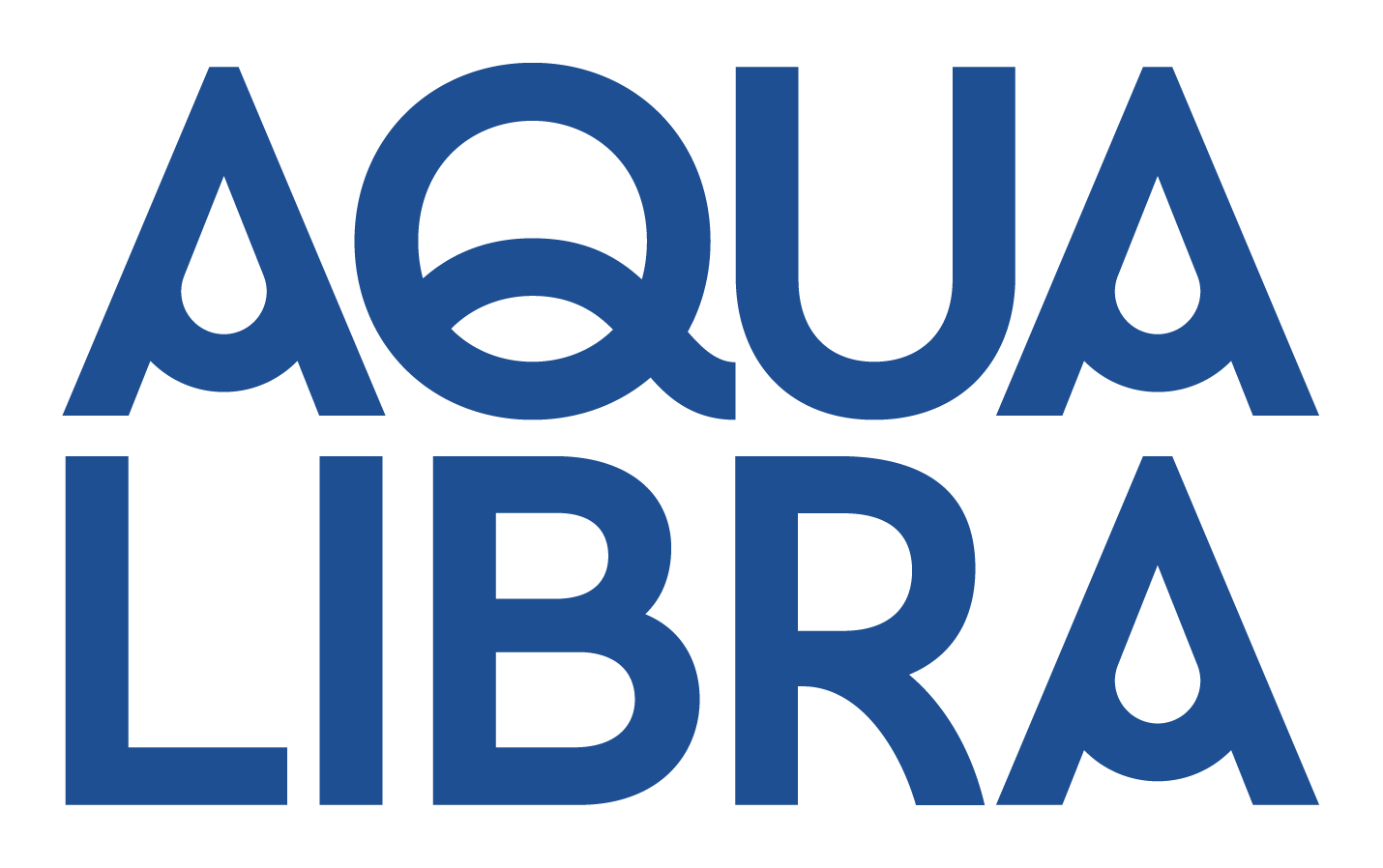One life
When did the interior walls of our lives begin to crumble? What prompted our segmented existence to spill into an open-plan one?
Maybe it started with television. Programmes were broadcast during the evening, when families were settling down to dinner. It made sense to combine the mealtime with leisure.
Then mobile phones came into our lives. Direct communication was no longer dependent on both parties being physically at an address. Availability bled into work time, leisure time, mealtimes, shopping time, and travel time.
A workplace revolution with focus on the economic benefits of employee wellbeing has gently taken down the work-home borders in terms of both space and time. Working from home, flexi-time, and home comforts in the workplace have changed our relationship with work. As the office subtly changes form to accommodate the best interests of workers, the lives of employees fall comfortably into a one-life existence where the border between work and home is barely visible.
Heart of the home – heart of the office
The kitchen is the heart of the home. It’s where food is stored, prepared, and cooked, and it’s where people chat over a cup of tea or coffee. At any house party, people gravitate towards the kitchen, enticed by the warm energy of the home’s hub.
Many modern offices emulate the home, with diverse, comfortable furniture, casual meeting areas, and lots of beauty. And in any home environment, there has to be a kitchen. This is why so many progressive companies are including practical and engaging kitchens in their design strategy.
Maslow’s Hierarchy of Needs
What is wellbeing?
Wellbeing is a state where all human needs are met. American psychologist, Abraham Maslow (1908- 1970), defined human needs in his 1943 book, A Theory of Human Motivation, setting out universal human needs in five strata, beginning with the most basic needs, which are shared by all mammals.
The two highest levels of need are unique to humans.
Is wellbeing the same for everybody?
Higher levels of wellbeing may be achieved via different routes, according to personality and circumstances. The experience of wellbeing, however, is the same for everybody. It’s a biological state, deeply ingrained in our DNA.
A brief summary of Maslow’s Hierarchy of Needs
Maslow’s Hierarchy of Needs begins with physiological needs as the most basic and necessary for survival. These are water, food, warmth, and rest. The second level is health and personal safety, and the third level of needs is about social belonging, intimacy, and kinship.
The first two levels are common to all mammals, and the third is shared by mammals that depend on social interaction and cooperation for survival. Besides humans, this includes, for example, chimpanzees, wolves, giraffes, and elephants.
Independence, recognition, achievement, and self-esteem may not be essential to survival, but they’re universally desired. They make up the fourth stratum in Maslow’s Hierarchy of Needs, with self- actualisation at the peak. These two highest levels are unique to humans.
Meeting needs in the workplace
Maslow’s first level of need is covered by employment law. In the modern office, water, food, warmth, and rest are a given.
When it comes to the second level of need, it’s a different story. Inadequate lighting, uncomfortable furniture, static routine, and lack of air conditioning can all contribute to poor health, which can lead to self-doubt and job insecurity. A sense of personal safety is very much tied in with financial security.
A healthy office environment is well lit, comfortably furnished, and adequately ventilated. Freedom of movement and opportunity to communicate with colleagues promote feelings of safety and wellbeing. Through agile working, employees enjoy ownership of the space; a sense of belonging.
Which brings us to a very important part of being human. Communication and cooperation are what make us tick. Our emotional food comprises intimacy and kinship, and without a sense of belonging, we’re emotionally starved.
The psychological damage inflicted by solitary confinement,and the self-perpetuating depression of those who are touch-starved, are testament to our basic need for contact with other people.
Inspirational workplace kitchens
As an arena for conversation, discussion, decisions, food, and friendship, the office kitchen is beginning to match up to its domestic counterpart. But it comes with its own requirements. For example:
Ventilation – to deal with steam and cooking smells
Acoustic insulation – to contain the noise of activity
Storage capacity – to cater for the needs of all employees
Rules of use and maintenance – to enable harmonious sharing
Nowy Styl is a European leader in comprehensive furniture solutions for offices and public spaces, with showrooms in 33 locations all over the world.
“Research shows that 70% of interactions between employees takes place outside rooms intended strictly for meetings … Stimulating the sense of taste in unique spaces creates the right atmosphere, helps one regenerate and relax.”
Anna Dziadkowiec, Nowy Styl
Earlier this year, Nowy Styl installed an Aqua illithree-in-one tap in their new Warsaw showroom.
Aqua Libra Co office kitchen
Earlier this month, we moved into our new office at Haslemere Industrial Estate, Bishop’s Stortford, in Hertfordshire. Like other progressive companies, Aqua Libra Co puts staff wellbeing at the core of company policy and workplace design.
A streamlined and well-equipped kitchenette, which includes microwave, hob, fridge, toaster, and dishwasher, is the perfect place for staff to prepare meals and drinks. The adjoining breakout room, furnished with modern bistro tables, serves as a lunch venue, catch-up zone, and informal meeting space.
Our kitchen wouldn’t be complete, of course, without an Aqua Libra Co water dispenser! Like Nowy Styl, we went for a three-in-one illi tap (named after 6.4km-high Mount Illimani, in South America). illi tap is the highest-performing tap on the market today, and a perfect combination of user-friendly interface, high-capacity dispense, and stylish design.
Contact us
To talk to us about energy-efficient, inclusive water dispensersfor workplaces, call 0800 080 6696 or email
[email protected] a quote, please complete the online quote form.




















